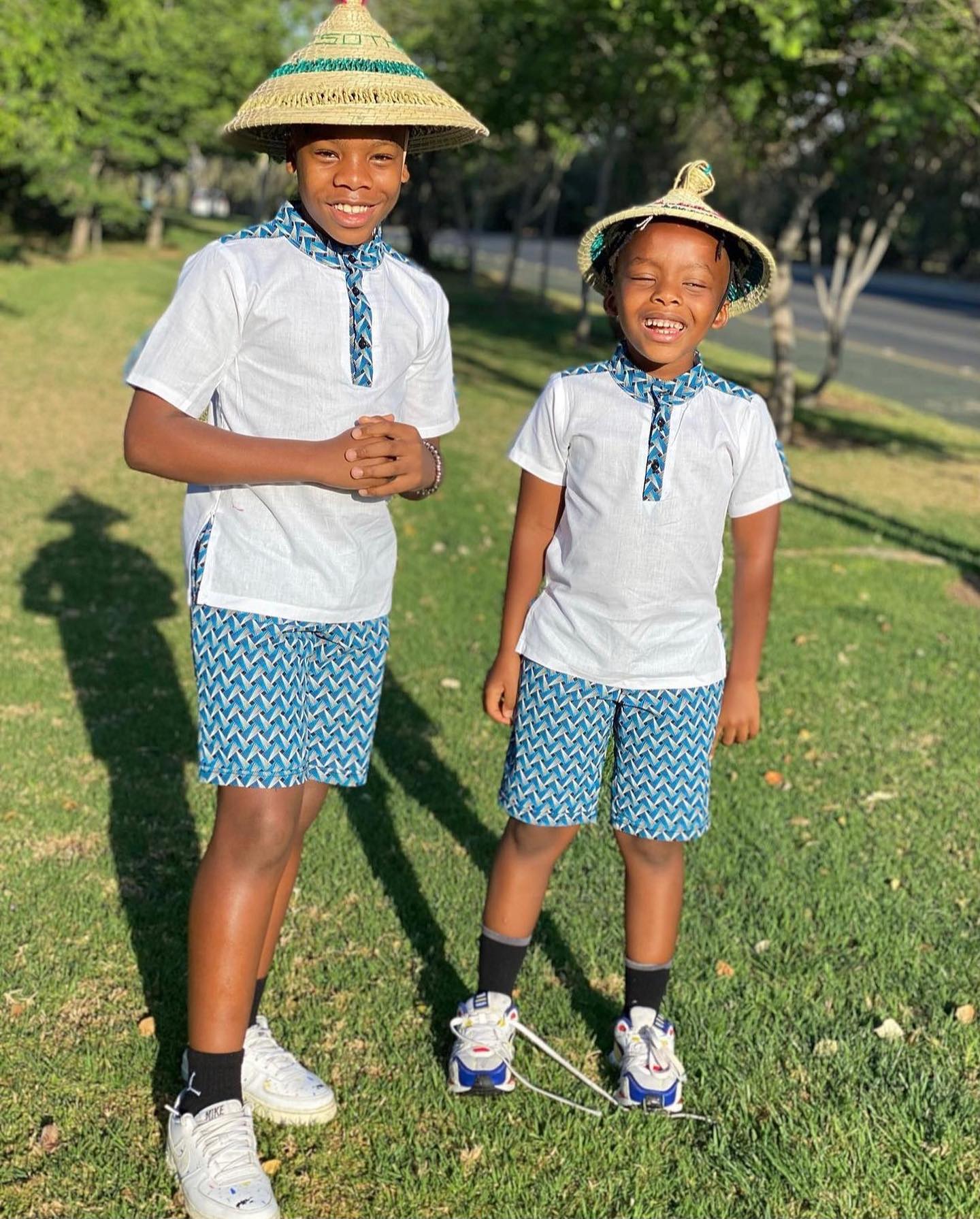Sesotho traditional clothes For African Women This Year

Sesotho traditional clothes are a symbol of each country’s culture and part of its heritage. Fashion varies from one country to another according to its climatic conditions, as well as its economic status.
There are some Sesotho traditional simple clothes that do not require much to be sewn while fashion in some countries is a symbol of wealth
Some scholars have suggested the origins of the caftan to the well-known musician Zriab, who was known for his elegance before Sesotho traditional fashion became a women’s costume throughout history.
It appeared in the Maronite era several centuries ago, during which it remained steadfast in the face of all waves of change
Many civilizations followed Romania and Romania left their mark on life but without affecting the authenticity of traditional Sesotho traditional clothing.

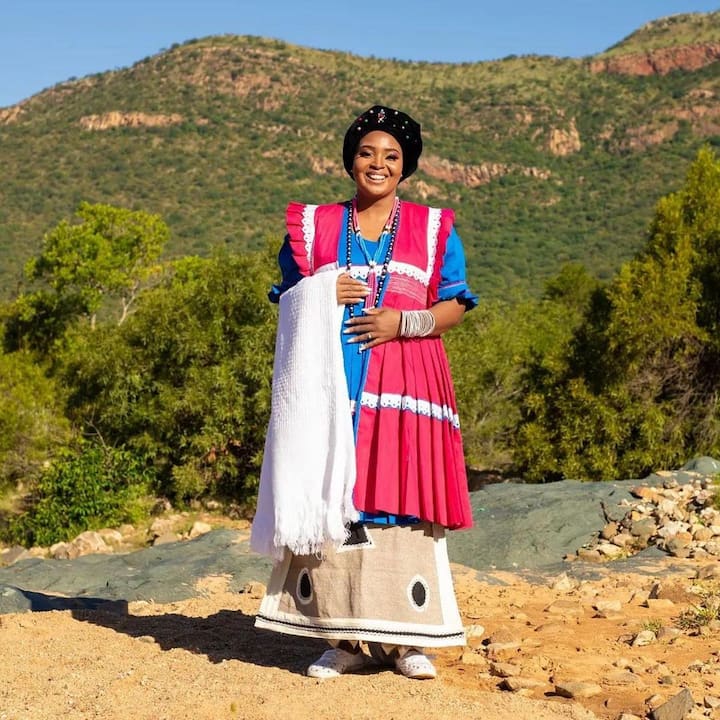
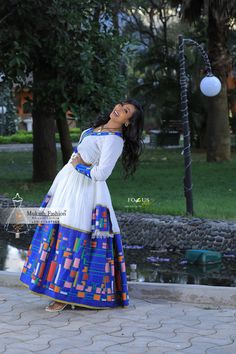
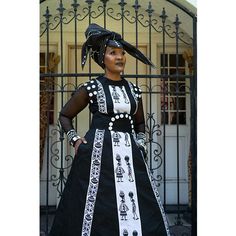
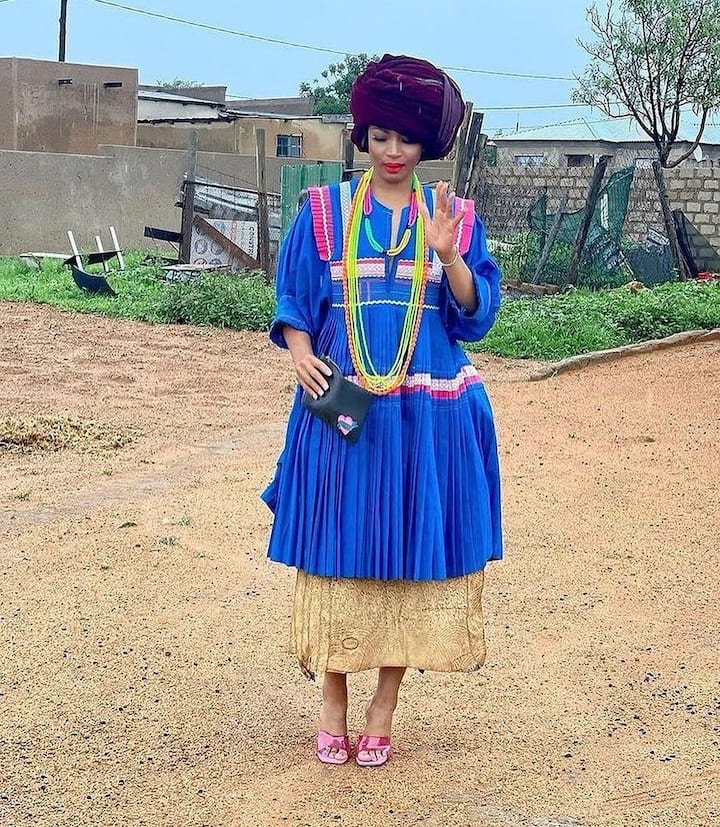
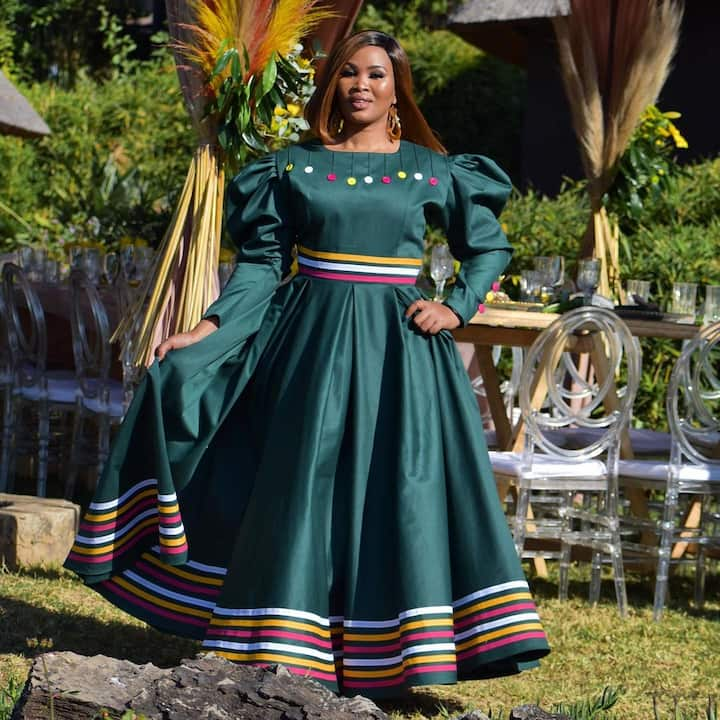
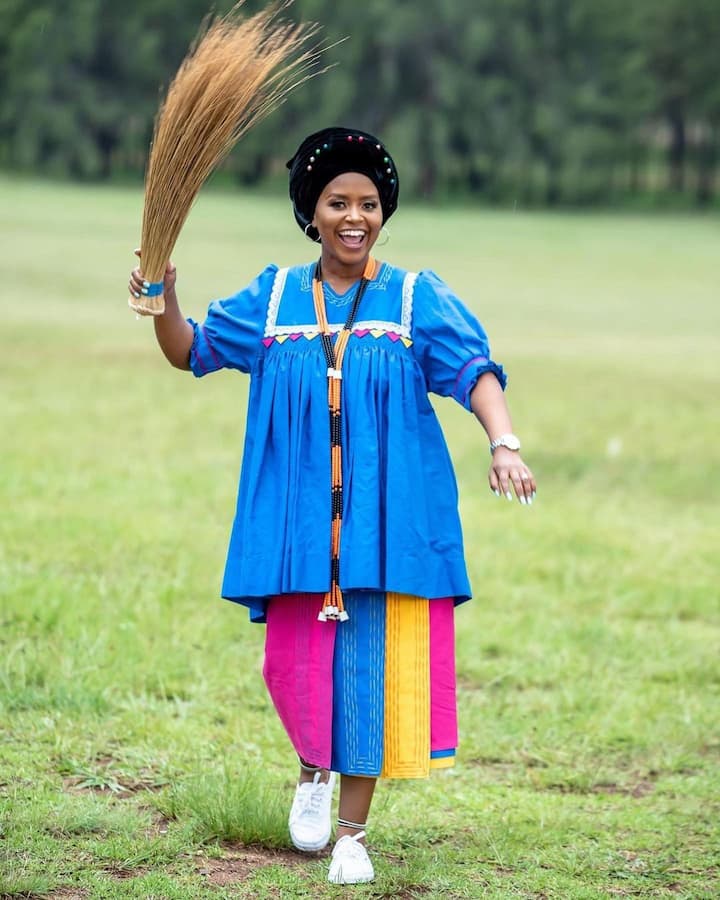
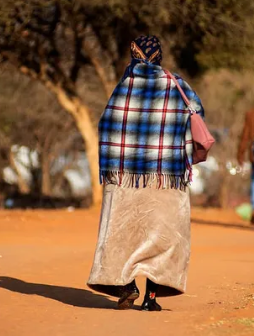
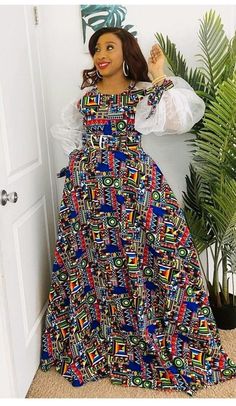
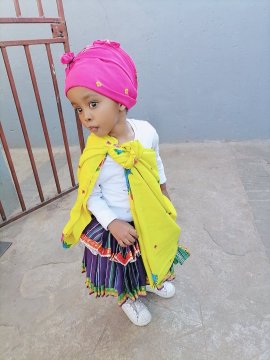
Sesotho traditional
The fabrics of silk, taffeta, tulle, and other high-end types are certified in Lesotho traditional clothes, and the latter becomes more beautiful and lively when the fabrics are effective in their connotations
It expresses a high-level aesthetic culture and directly demonstrates special habits and traditions in human life.
Sesotho traditional clothes consist of three pieces, in which colors play a prominent role in addition to the adopted designs in all their details
It takes the form of a jellaba but is not a mantle, with a sleeveless neckline and no collar. It is open from the front along either its length or even the belt area and is drilled with golden or silver thread or both.
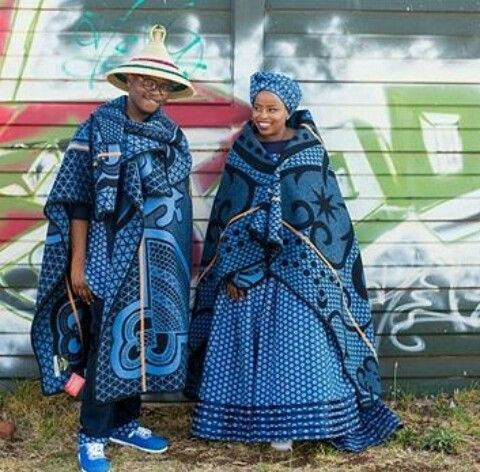
Sesotho traditional fashion
It is not easy to design Sesotho traditional clothes, as this requires a deep knowledge of its history
The Sesotho traditional dresses and their influence over the years, from private homes and private Moroccan events to the world by Sesotho traditional clothes, such as Palman, Yves Saint Laurent, Jean-Paul Gaultier, and others, have impressed international designers.
Which attracted the attention of women of multiple cultures, geographies, and nationalities 